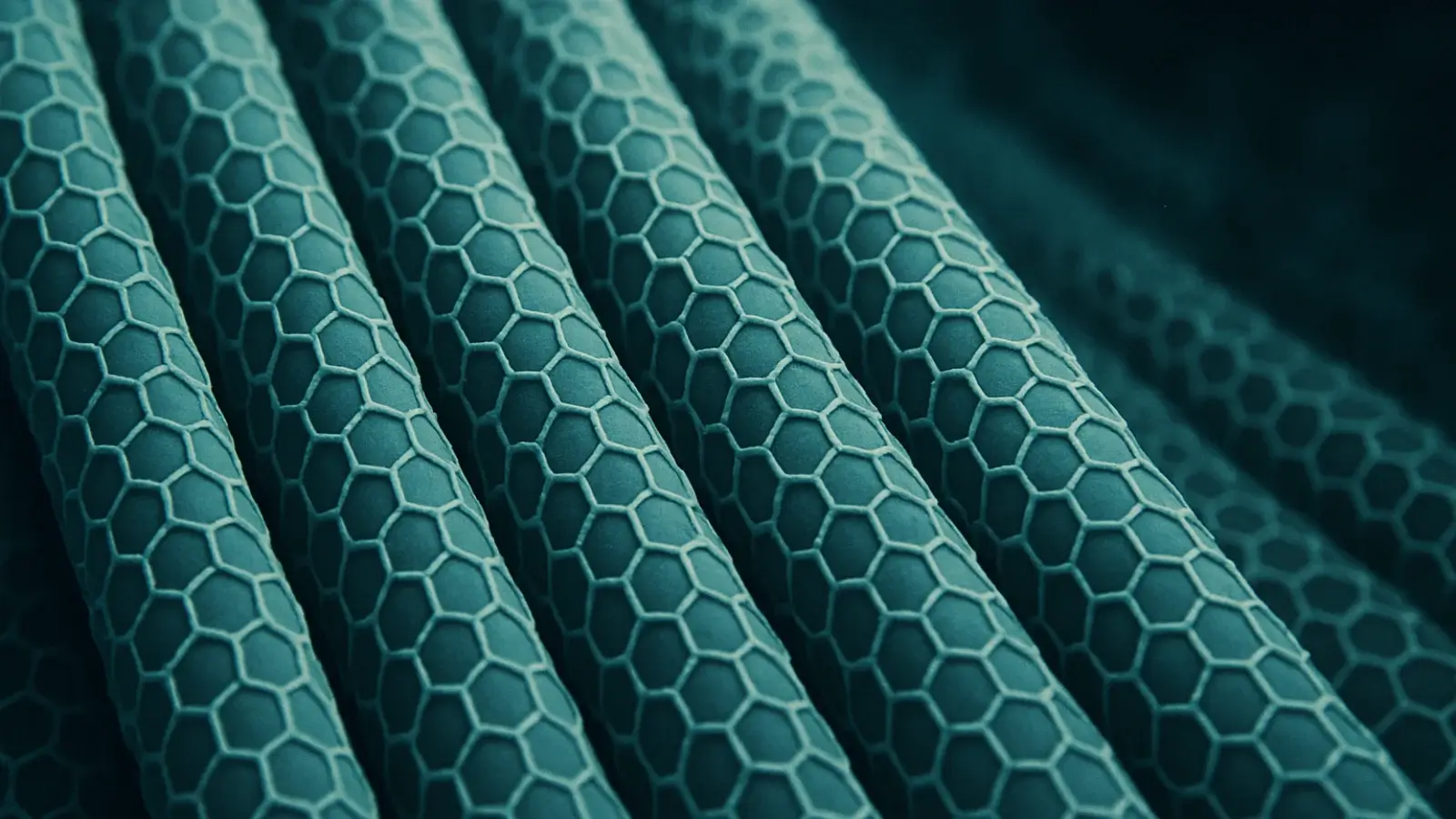


Carbon nanotubes are small pipes manufactured from carbon. They are thinner 1000 times than human hair. But they are very robust and light. Carbon nanotubes are used in many new techniques. These consist of batteries, electronics, clinical gear or even area content.
But to use them properly, we must set up carbon nanotubes.This helps enhance their strength, energy, and performance. In this guide, we’ll explain how to set up carbon nanotubes using simple language. Let’s get started. For more information, check out a trusted Carbon Nanotubes Manufacturer.
Before we see a way to organise them, we can understand why these topics exist.
Better strength: Aligned CNTS are stronger than random ones.
Better electricity flow: CNTS conducts electricity better when arranged in one direction.
Better heat transfer: They pass heat faster when lined up straight.
Better performance in devices: From solar cells to sensors, a good arrangement makes them work better.
There are many ways to arrange CNTS. Some are easy, and some need special tools. We will talk about the most common and simple methods.
This is one of the easiest ways.
A template is like a mould.
It has tiny holes or channels.
We put CNTS into the mould.
The shape of the mould helps align the nanotubes.
This method is simple and suitable for making small amounts. But it may not work well for large projects.
This is a standard method in labs.
First, make a liquid with carbon nanotubes in it.
Then, drop the liquid onto a spinning surface (like a flat disc).
As it spins, the CNTS spread out and align due to the force.
This process is cheap and fast. But the alignment is not perfect. It is suitable for simple uses.
This is a fancy name, but the idea is easy.
A water surface is used to float CNTS.
Then, a plate slowly lifts them.
As the plate moves, the CNTS stick in a straight line.
This method is slow but gives good results. It’s used when we need an elegant arrangement.
This method uses power to move CNTS.
CNTS can move in response to electric or magnetic fields.
When we apply these fields, CNTS line up in the direction of the force.
This method gives reasonable control. It is useful in electronics. But it needs special tools.
This is a straightforward and low-cost way.
First, we make a sheet with CNTS inside.
Then, we stretch the sheet.
As we pull it, the nanotubes get straight.
This method is often used in making strong fibres.
In this method, CNTS are arranged using liquid flow.
The nanotubes are placed in a liquid.
The liquid flows through a narrow path.
The flow pushes the CNTS into a straight line.
This method is suitable for large-scale production. It is used in factories.
Arranging CNTS is not always easy. Here are some simple tips to get better results:
Clean CNTS: Make sure there is no dust or dirt on them.
Use the correct method: Pick the method that fits your needs and budget.
Try more than once: Sometimes, you must repeat the process for better alignment.
Use tools: If possible, use machines that help you see or measure the alignment.
Test the results: Always check if your CNTS are aligned well after the process.
Once arranged properly, CNTS are very useful. Here are some common uses:
Solar panels: To improve light absorption.
Flexible electronics: Like bendable phones and screens.
Supercapacitors: For storing more energy.
Medical devices: For drug delivery and sensors.
Body armour: Powerful but lightweight protection.
In all these cases, aligned CNTS work much better than unarranged ones.
Even though there are many ways to arrange carbon nanotubes, some challenges remain.
Cost: Some methods are expensive.
Time: It can take a long time to get good results.
Size limits: Some methods can only work on small surfaces.
Tools needed: You may need lab tools or machines.
But new research is making things easier each year.
Scientists are working hard to find new and simple ways to arrange CNTS. In the future:
More cheap and fast methods will be available.
Factories will make aligned CNTS in bulk.
Even small businesses may use them in their products.
We need to see extra CNT in normal gadgets along with garments, telephones and vehicles.
Carbon nanotubes are exquisite materials. But to apply them properly, they must be organised appropriately. In this text, we saw how carbon nanotubes are organised using simple methods. Some techniques, which include stretching and flow, are easy. Others, including the electric subject, require a device.
When CNT is in line, it turns out to be more potent, better in terms of strength and extra beneficial in lots of industries. As the generation increases, the CNT scheme will become even more regular.
If you're running into a challenge with CNT -er, try these simple methods. Begin little, study grade by grade and also you get better with education.